Last Updated on June 6, 2022
Maintaining the correct air-fuel ratio is important for getting the best performance and fuel economy from your engine. When this ratio is incorrect, your engine runs rich or lean and could cause damage. In this article, we’ll go over typical ideal air-fuel ratios under various conditions.
What is an Air-Fuel Ratio?
The air-fuel ratio (AFR) is the mass ratio between the amount of air and fuel that are mixed together in the combustion chamber of a vehicle. This ratio needs to correct for the fuel to burn correctly and efficiently.
If the ratio is too rich or too lean, the engine will not burn optimally burn the air-fuel mixture which can cause performance issues or use up too much fuel. The ideal air-fuel ratio that burns all fuel without excess air is 14.7:1. This is referred to as the “stoichiometric” mixture. In this case you have 14.7 parts of air for every 1 part of fuel.
But at some conditions, not all fuel can be mixed and vaporized with air. Some of the various condition will explain on article below.
Before we discuss the air-fuel ratio on various condition, let me first explain about the different types of air fuel ratio on the vehicle.
- RICH air-fuel ratio: There is less air than the ideal AFR. This can be good for power but bad for fuel economy and emissions. (example: 13:1)
- LEAN air-fuel ratio: There is more air than the ideal AFR. This can be good for fuel economy and emissions but bad for power. (example: 16:1)
- IDEAL air-fuel ratio: There is the correct mixture of air to fuel for proper combustion. (example: 14.7:1)
Proper Air-Fuel Ratio Under Various Conditions
Now that you understand what an air-fuel ratio is and how it can affect the internal combustion process, here we go over what the best air-fuel ratios are for various conditions.
Starting Up
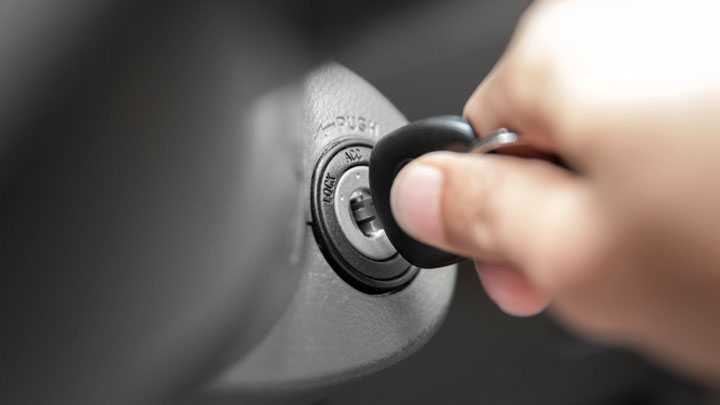
When starting your car, all engine components such as the cylinder head, cylinder block, and intake manifold, are cold. Some extra fuel is needed to start the engine in this case so a rich fuel mixture is temporarily needed.
An easier way of describing this is that on older cars with carburetors, the choke was used to block off air so more fuel would be pulled into the engine to start the car.
When starting your engine, the air-fuel ratio can be as low as 9:1, making it very rich.
Warming Up (Idling)
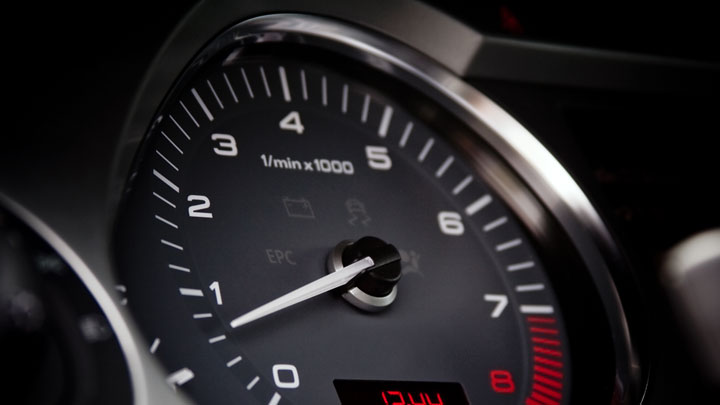
After startup and while your engine is still idling, the coolant temperature is still low and more fuel than normal is still needed until the vehicle warms up to operating temperatures. So in this case, a rich AFR of about 12:1 is necessary.
See Also: How Much Gas Does Idling REALLY Use?
Accelerating

When the accelerator pedal is being depressed to gain speed, more air comes into cylinder to meet the extra power requirement so naturally more fuel is needed. At full throttle, the air-fuel ratio can be around 11:1 (very rich) while moderate acceleration can mean about a 13:1 (rich) air-fuel ratio.
Cruising (Constant Speed)
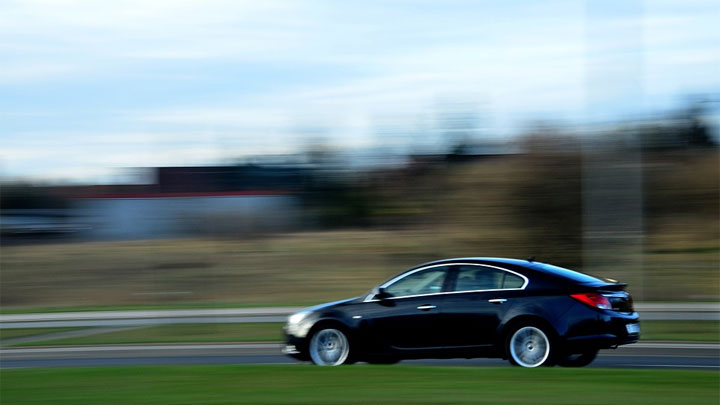
In this condition, the engine is already warmed up, and the air-fuel mixture is near the stoichiometric ratio which is about 14.7:1. This allows for the best combination of fuel economy, emissions, and power.
Heavy Loads

Under heavy loads such as going uphill or if you are towing a trailer, the vehicle requires the engine to produce more power. This means a rich air-fuel ratio similar to accelerating is needed for the excess demands when under heavy loads. The AFR will be somewhere around 12:1.
Decelerating

Under this condition, the accelerator pedal is released, which means no power output is needed from the engine other than to keep it running. An air-fuel ratio of about 17:1 (lean) will exist at this point as the fuel demands are very low at this point. At this stage, the exhaust gases are cleared out as well.
Air-Fuel Ratio Chart
| Condition | Common Air/Fuel Ratio |
|---|---|
| Starting Up | 9:1 |
| Warming Up (Idling) | 12:1 |
| Accelerating | 11:1 to 13:1 |
| Cruising (Constant Speed) | 14.7:1 |
| Heavy Load (Towing/Uphill) | 12:1 |
| Decelerating (Foot Off Gas) | 17:1 |
Symptoms of Improper Air-Fuel Ratio
Here are some common signs your air-fuel ratio is either too rich or too lean:
Air-Fuel Ratio is Too Rich
- Your engine can produce black smoke blowing out of your exhaust
- High fuel consumption
- Strong smell of unburned fuel
- Car backfire
Air-Fuel Ratio is Too Lean
- Engine will be stuttering or jerking
- Poor acceleration
- Rough idling (the car will vibrate)
Causes of Incorrect Air-Fuel Ratio
- Defective fuel injector
- Clogged or dirty air filter
- Bad air-fuel ratio sensor
- Bad oxygen sensor
- Bad MAF sensor
- Bad ECM
- Bad camshaft position sensor

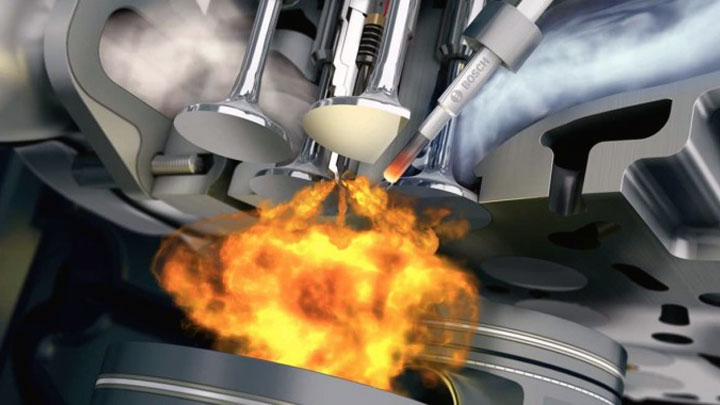


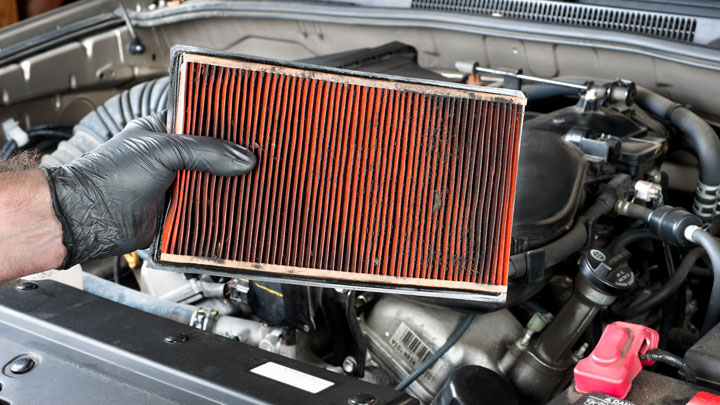
Thank you! Wonderfully explained so that I can easily make my students understand the concept.
Great detail of air fuel mixture for which we Thankyou.
Thank you, well done, all the information I needed to troubleshoot my fuel injection
Happy to hear it helped, Mike!
Vacuum leaks are a very common cause of improper air/fuel ratio.
When a modern fuel injected vehicle is in deaccelerating the injectors are completely shut off. No fuel is entering the engine. Therefore the air/fuel ratio is not a ratio at all, it’s just air.
The is/was really great reading… Thank you.
Sometimes when I use gasoline in Mexico, the DIC code generated is P0404. When I run high quality gasoline like Top Tier, the check engine light is not illuminated.
well done as I am motor vehicle lecturer, I must say your document was easy to understand and very clearly presented
yesterday I fixed the transmission on my 2000 Tahoe, I replaced the air filter, it was so plugged that the engine would not allow the transmission to shift properly, now the engine runs all the way up to 5800rpm and shifts firmly at all shift points. I feel bad telling anyone this because it was the trust of the air filter guage that fooled me to thinking the filter was fine, don’t trust the guage…. service it regularly, it’s cheap.